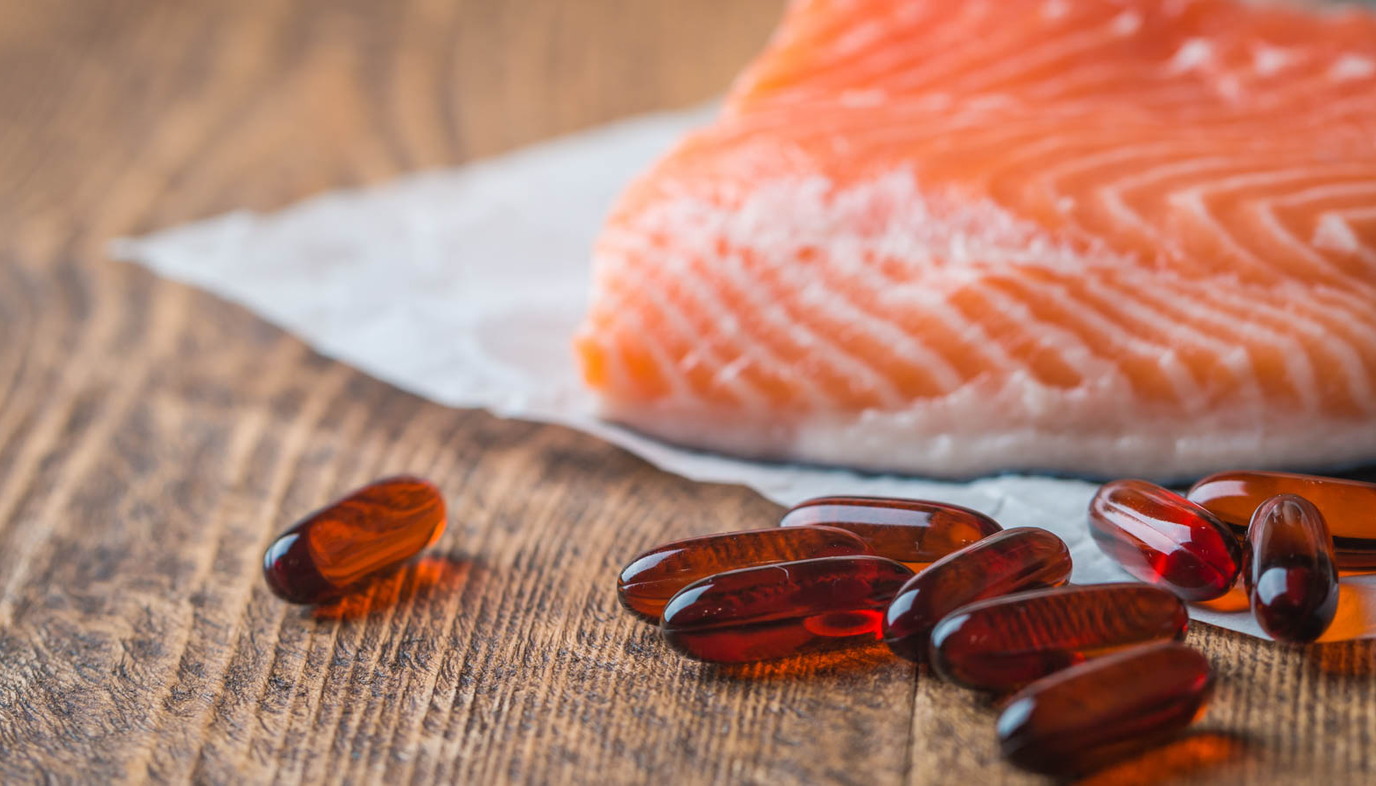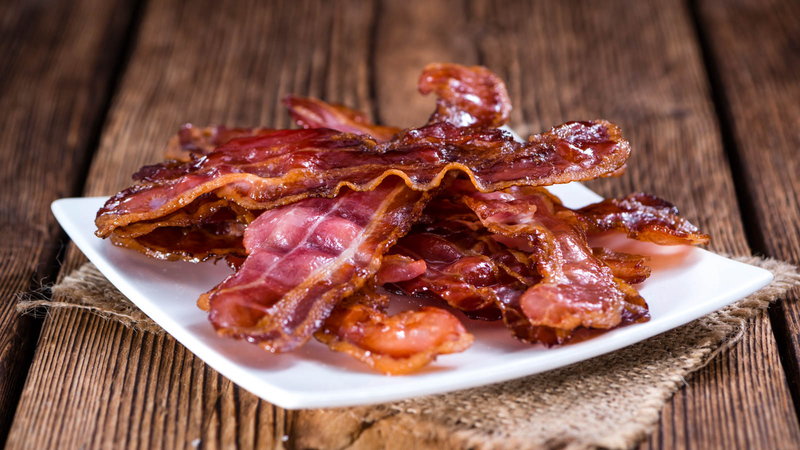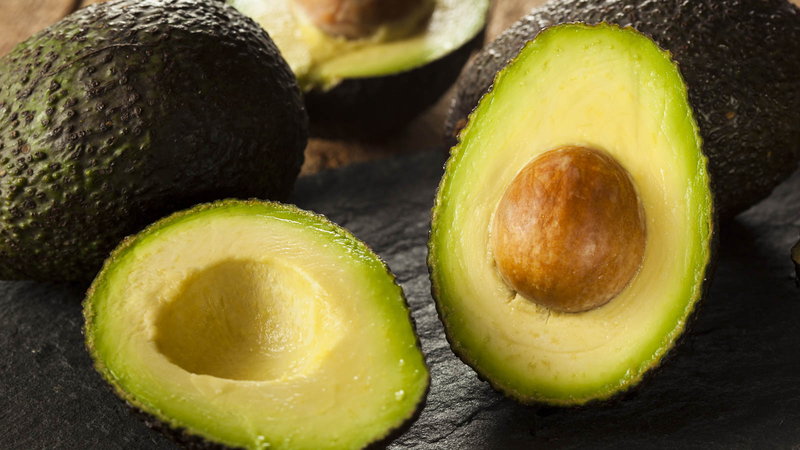
It used to be that dieters were advised to avoid all fat, but we are just starting to learn about the differences in fats and how some fats are actually good for your body. We’ve heard about saturated fats, unsaturated fats, and lately there’s been a lot of talk about trans fats, but the messages can be confusing. It’s time to learn what all these fats mean and realize that all fats are not created equal.
The human body needs some fat in the diet for healthy functioning. Not only do we draw energy from our fat stores, but fat also cushions our organs and insulates us from the elements. Every cell in our body needs fat to build and maintain its outer membrane or cellular covering. And, of course, fat makes food satisfying and filling. The key to a healthy body is to choose our fat sources wisely.
Saturated and Unsaturated Fats
First, let’s take a look at saturated fats and unsaturated fats and understand the differences. In a nutshell, saturated fat is hard at room temperature — picture the ribbons of fat in bacon — while unsaturated fat is soft or liquid at room temperature — we often refer to unsaturated fat as "oil.” If we looked at fat chemically, we'd see that all fats are made up of long strings of carbon atoms with hydrogen and oxygen atoms attached to the sides. Unsaturated fats have one or more positions open for the body to attach its own hydrogen atoms to during the digestive process. Saturated fats, on the other hand, are already "saturated" with hydrogen, making them harder for the body to break down and use efficiently.

Saturated fat is pretty easy to identify when you remember that it's a solid at room temperature. It's found in animal and dairy products as well as in many processed foods. Butter, lard and cheese are all examples of saturated fats. Saturated fat is high in cholesterol and has been associated with heart disease and stroke as well as high blood pressure and cancer. The best thing we can do for our own health is to reduce the amount of saturated fat in our diet.
Unsaturated fats fall into two categories: monounsaturated and polyunsaturated. Monounsaturated fats have one position open for that digestive hydrogen atom to attach to and do the work of digestion. Olive oil is a common source of unsaturated fat. Avocados are another. So even though that avocado may be high in fat, it is monounsaturated fat and our bodies can process and use it efficiently. Polyunsaturated fats have more than one position available for those hydrogen atoms. These are the most desirable types of fat. So desirable, in fact, that polyunsaturated fats are often referred to as "essential fatty acids." Essential fatty acids promote healthy skin and hair. They support proper thyroid and adrenal activity and thus bolster immunity, normal growth processes, and energy. Essential fatty acids promote healthy blood, clean arteries, and strong nerves; they are crucial in the transport and breakdown of cholesterol.
In many ways, polyunsaturated fats are the antithesis of saturated fats — they are truly essential. Since the human body does not manufacture its own essential fatty acids, we must get them through our diets. The polyunsaturated fat of Omega 6 is found in seeds and nuts, or their oils, while Omega 3 polyunsaturated fats appear in fish, seafood, flaxseed oil, and to a small amount in green leafy vegetables.
Current dietary guidelines suggest 2 to 3 servings of fish each week to ensure the body an adequate supply of Omega 3 fatty acids, though if you have compromised health, you may want to supplement with higher levels of Omega 3s.
Understanding Trans Fats
Trans fats, or “partially hydrogenated oils,” are entirely different. These are industrially synthesized fats designed to increase the shelf-life of processed foods; make an oil more solid, provide longer fry-life for cooking oils; and create a certain kind of texture in store-bought baked foods. The problem with trans fats is that they harden arteries and cause major clogs, cause insulin resistance and contribute to Type 2 diabetes, and can contribute to other serious health problems. The goal should be to eliminate all trans-fats from your diet: in many ways this is the single best move you can make for your health.
Takeaways
So, in review, there are four kinds of fats: the good fats – monounsaturated and polyunsaturated oils found in fruits, vegetables, nuts, and seeds; the fats to eat in moderation – saturated fats found in animal products; and the really bad fats to avoid – partially hydrogenated oils or trans fats.
It is popular to demonize all fat in our culture, but the smart thing to do when planning out meals is to choose our fat sources wisely and remember that all fats are NOT created equal.
About the Author:
Elizabeth Yarnell is a Certified Nutritional Consultant and the author of Glorious One-Pot Meals: A new quick & healthy approach to Dutch oven cooking, a guide to a guide to preparing quick, healthy and balanced one-pot meals. Visit Elizabeth online at www.GloriousOnePotMeals.com to subscribe to her free newsletter. The Glorious One-Pot Meal cooking method is unique and holds US patent 6,846,504.
https://stock.adobe.com/images/fried-bacon/104457512?prev_url=detail

